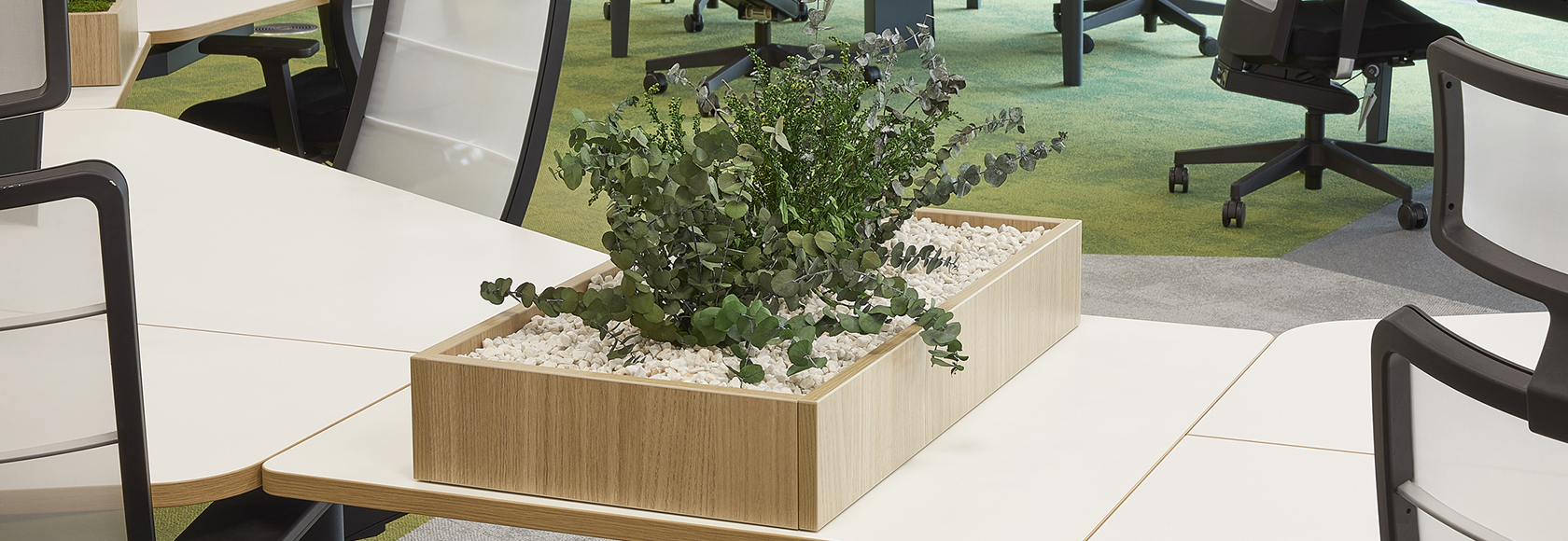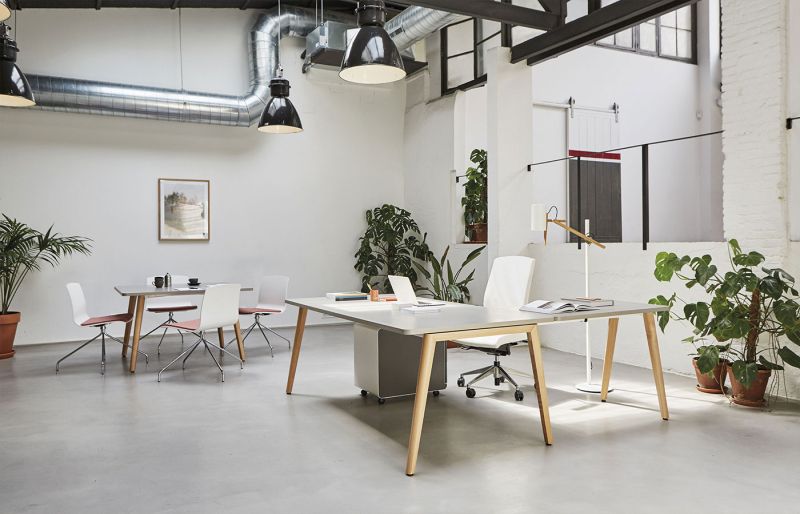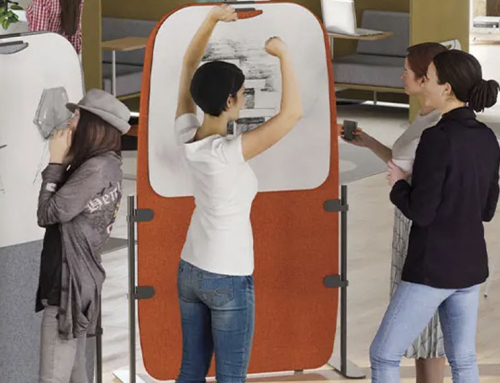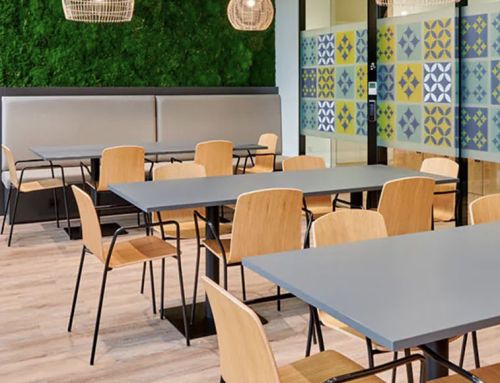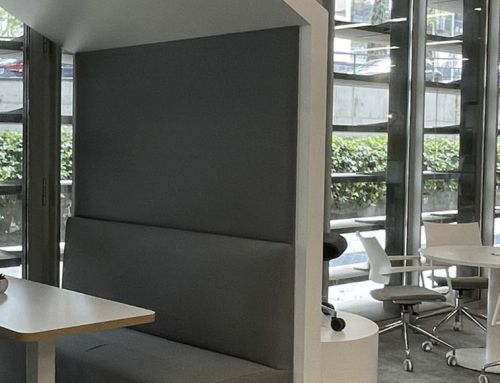The circular economy will represent the great challenge of the coming decades, influencing all our business activities and bringing clear economic, social and environmental benefits: efficiency in the use of resources, reduced risk in the supply of raw materials, innovation, reduced greenhouse gas emissions and improved well-being and quality of life.
We are talking about a future that is already starting to become a reality because the new generations want change. The growing environmental awareness of consumers is resulting in a greater demand for sustainable practices in ecological processes and products, manufactured under the circular economy production model.
This reality is already having a strong impact on the design and office industry. Whether an office furniture is more or less sustainable depends on its life cycle, its lifespan and its subsequent waste management. But what do we mean by this concept of circular economy?
The circular economy involves sharing, renting, reusing, repairing, renewing and recycling existing materials and products as often as possible to create added value. It is based on resource efficiency, reducing both the use of raw materials and the generation of waste.
The choice of materials and the design of a piece of furniture are key to achieving furniture that is healthy for the planet. In this sense, it is necessary to think about functional designs that have more than one use, designs with a long useful life or that can be easily dismantled for recycling, for example.
What is the circular economy?
The circular economy is a model of production and consumption that ensures sustainable growth over time. The circular economy is based on the 7R rule: redesign, reduce, reuse, repair, renew, recycle and recover existing materials and products as many times as possible to give added value to the object.
The circular economy model is opposed to the current way of producing and consuming goods, known as the linear economy, which consists of extracting raw materials, converting them into products and then discarding them, without taking into account other variants such as ecological well-being.
Furniture and the circular economy
10 million tonnes of furniture are discarded annually by their owners (companies or individuals) in European countries as a whole. Most of this waste is destined for landfill or incineration. This is one of the highlights of the Circular Economy Opportunities in the Furniture Sector report published by the European Environmental Bureau, Europe’s largest network of environmental citizens’ organisations, which brings together 170 civil society organisations from 35 countries.
This document states that the circular economy has the potential to help counteract this waste of furniture through the recovery, refurbishment and remanufacturing of furniture, favouring the recovery of the value of each piece.
On this path, manufacturers of materials and furniture are currently exploring the possibilities of establishing new circular business models and also creating healthy working environments. To this end, at Ofita we work every day to make this possible.
Ofita, Green Pact Award
Thus, Ofita recently received the Green Pact Award in recognition of its good sustainable practices, and especially that the products developed by Ofita have the ISO 14006 eco-design certification, as well as its good practices in areas such as the reduction of carbon and water footprints and the circular economy, among others.
Ofita products have been eco-designed for many years. This means identifying at the very moment a product is designed, all the environmental impacts that may occur in each of the phases of its life cycle, in order to try to reduce them to a minimum, without detriment to its quality and applications.
Furthermore, Ofita was the first Spanish company to be awarded LEVEL® level 2 sustainability certification, which establishes that a product is sustainable from multiple perspectives and, to this end, not only evaluates the characteristics of the product, but also those of the organisation and the facilities where the furniture is manufactured. It assesses criteria such as the company’s social responsibility, its use of energy and its impact on the environment and human health.
